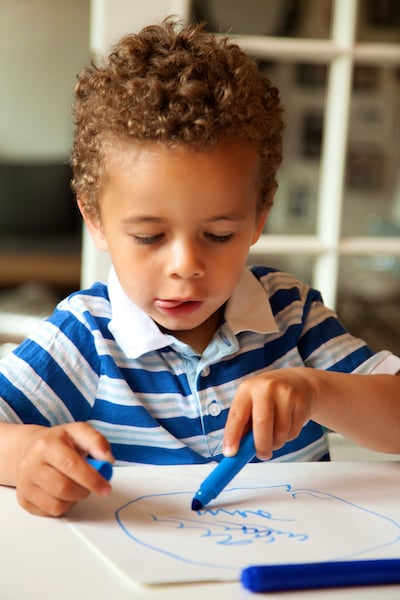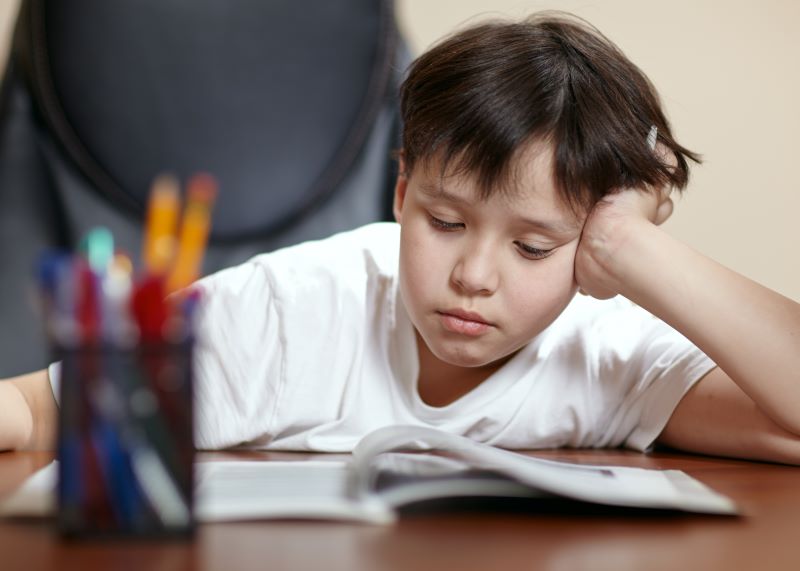 Drawing and writing are two ways that children can communicate, using language and visual symbols. While some believe that the two compete with each other, drawing and writing in tandem can actually enhance a child's ability to communicate and foster a greater understanding of symbolism and meaning.
Drawing and writing are two ways that children can communicate, using language and visual symbols. While some believe that the two compete with each other, drawing and writing in tandem can actually enhance a child's ability to communicate and foster a greater understanding of symbolism and meaning.
The Connection Between Drawing and Writing
When a child draws, they communicate an idea through visual symbols, and when they write, they communicate through the symbols of letters. Drawing, in that way, is a stepping stone for writing, a chance for them to broadly define their ideas through pictures before defining their ideas through the much more nuanced lens of words.
When children write and draw in tandem, it helps to teach them the connection between images, words, and letters.
How to Discuss Art With Your Children
When discussing your child's art with them, there's a single powerful phrase that can get the creative juices flowing and help your child transform their drawings into stories.
That phrase? "Tell me about it."
Asking your child to tell them about their art is a valuable practice for more than one reason. First, if your child is young, you can keep from upsetting them by incorrectly identifying the subject of their drawing. Second, and more importantly, your child has to turn their understanding of the drawing into words and communicate it to you. This exercises their ability to effectively communicate their ideas.
Encouraging Children To Write What They Draw
When your child draws, you can encourage their understanding of how to write by following a series of steps that will transform their picture into a story.
- Draw a picture. Have your child draw you a picture to be the subject of this exercise.
- Talk about the picture. Using the "tell me about it," approach, have your child explain to you what's happening in their picture.
- Write about the picture. Even if your child doesn't have a strong grasp of writing, this is essential. Allow them to scribble, copy words, or write their own words during this process.
- Read what was written. Have your child read aloud to you what they wrote. This will help to confirm to you that your child understands the connection between their story and their picture.
- Celebrate! When your child has finished their story, praise them for having written a story, and show them a picture book to emphasize the connection between words and pictures.
Many creative outlets have a lot of potential to help nurture different skills your child needs to thrive in school and work. If your child shows any artistic skills, be it drawing or anything else, nurture that skill, and you mind find that your child improves in scholastic areas, too.





